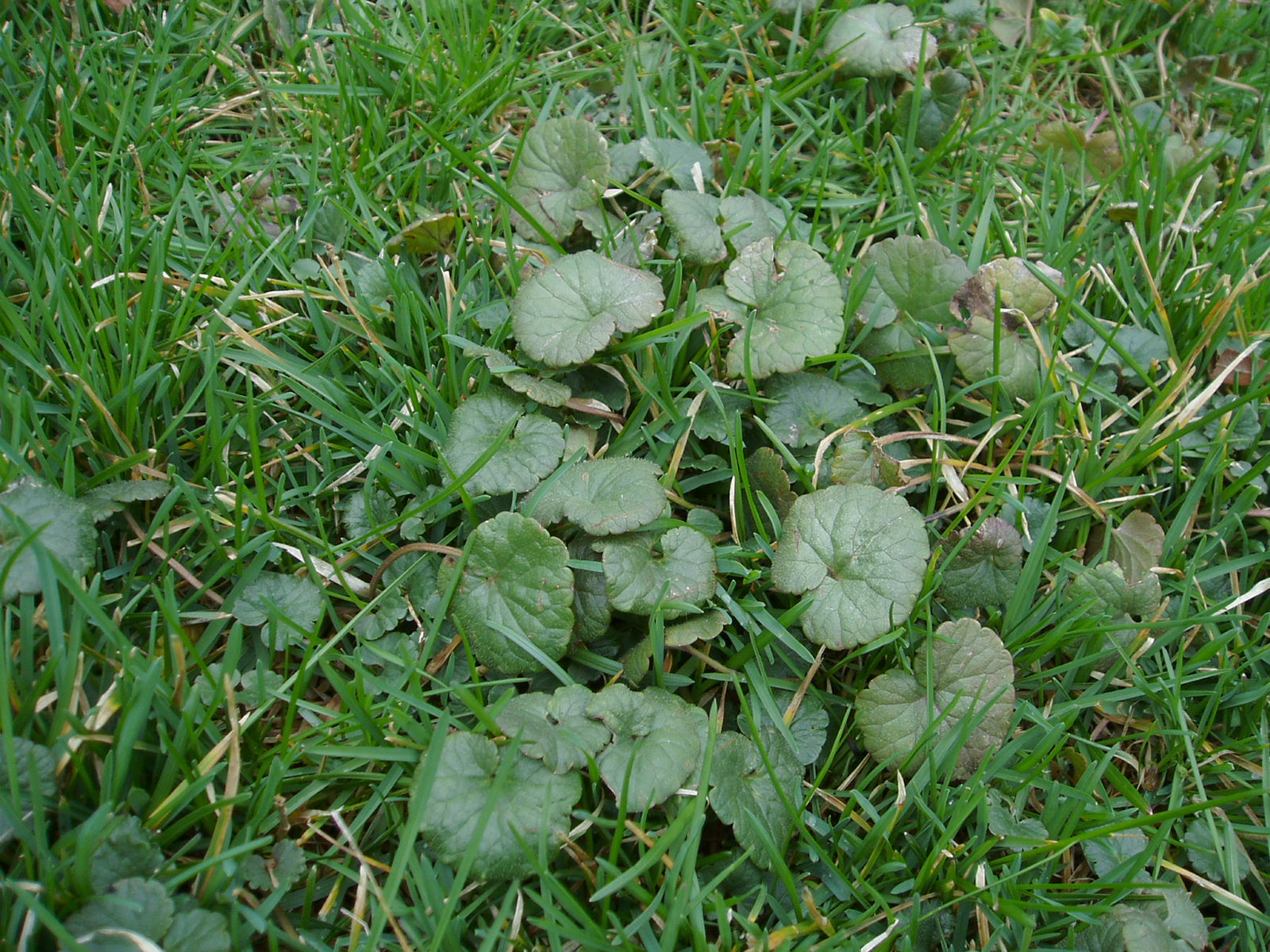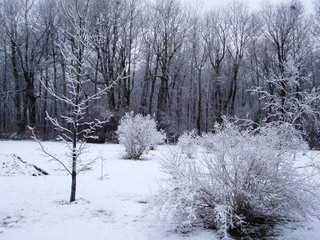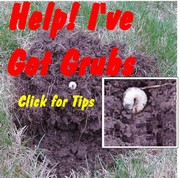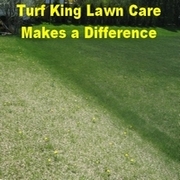Question- from Colette through Homestars- "Our current lawn care provider tells us that creeping Charlie cannot be treated other than weeding or raking. Any advice, we could switch to Turf King. "
Answer
![]()
![]() Hi Colette
Hi Colette
Creeping charlie - with the current tools available to control weeds is not easily eradicated. It was difficult even when we had the "good stuff" that is now banned in Ontario.

Creeping charlie is a member of the mint family that spreads by seeds, by rhizomes (creeping roots-growing in the soil ) and by roots that form along the stems that creep above ground.

Some plants will benefit from a little extra snow during the winter. Snow around the rose bushes will provide some insulation from the sap-chilling deep freeze of this past week. Bitterly cold temperatures for prolonged periods of time will result in more roses biting the dust this winter.
A thick layer of snow will not harm the lawn, provided that there aren't leaves left on the surface. The snow and leaves combine to prevent air from reaching the foliage. This is likely to lead to an accumulation of water under the leaves, which in turn will lead to putrefaction. If the grass is cut short in the fall, the lawn is less likely to get diseased by the longer leaf blades being smothered. The last mowing should always be a little shorter. (the problem I've had is that autumn doesn't seem to know when to quit, and I end up with 2 or 3 last cuts). Don't cut the lawn too short, of course, as this makes it more susceptible to frost damage if there is little snow.
Grass that has been cut too short, on the other hand, is susceptible to frost damage.
If you walk on the lawn regularly during the winter, it is also advisable to remove the snow from these paths. Snow that is hard-packed by foot prints on the lawn could lead to damage to the grass plants. (It could also lead you down a garden path)
Turf King the Lawn Care Experts
If you have a lawn/tree/shrub that needs some Tender Loving Care - get The KING OF GREEN:
Click here to Request a Quote Online -
or call us at 905.318.6677 or 1.888.TURFKING (887.3546)
If you would like more information, please Contact us
Follow us on Twitter http://twitter.com/turfkingofgreen
Join our Facebook page
Copyright 2007 Turf King-Hamilton. All Rights Reserved.
Martin wrote
"I sewed the grass in late summer 2013 and it has taken well and is now about 4 inches long. in the spring what procedures should i adopt to get the length down from its present 4 inches to the putting surface i require?"
Best,
Martin
============
Okay, so we asked some questions. ...
What kind of grass did you sow? Kentucky bluegrass, Fescue, a mix or creeping bentgrass?
I take it that it has not been cut yet?
Is it under snow?
What kind of soil is it growing on?
==============================
Hi Gerry,
Great to hear from you. I live in Scotland and bought it from a UK supplier. 60% Highland Bentgrass and 40% Egmont Bentgrass. It is not under snow yet since it has been a very mild but wet winter thus far. I tried cutting it when it was about 6 weeks old and was about 2 inches long but it damaged badly so I left it and have only cut it twice since late fall. It has stopped growing now obviously. I had 2 feet of clay soil removed and refilled with top rate topsoil before sewing. I also put a couple of inches of a sandy topsoil on and rolled it flat before sewing.
Thanks,
Martin
======================================================
Graeme Mann (Twitter name @thebgsgr) says
Highland and Egmont Bentgrass is a good mix but personally I would of added a % mix of chewings and slender creeping red fescues.
The reason I suggested adding a slender fescue as this acts as a protective cover grass whilst the slower growing Bentgrass becomes established.
So given the weather we have had here since you have seeded your putting green, I think you have probably done okay and just need to give the grass time to become more established.
I assume that when you mowed the grass you used a sharp bladed cylinder mower (preference being multi bladed10 blades or more) and just took off the tops with as many repeated mowing to bring the height down to a reasonable / desired level.
Please note that the cutting height must be determined to ensure that the grass has at least enough leaf to survive and not aim for the must have 2mm.
One point worth highlighting is that cut height alone doesn’t alter speed of roll etc. It’s a balance between grass species, soil conditions as well.
In reference to your particular “problem”, I would hazard a guess that the grass hasn’t become fully established. So more of a question of giving it time. Re-assess the situation once the grass starts to become more active and consider taking appropriate action as required. This could be aeration, fertilisation, topdressing, over seeding.
When determining your desired cut height (note fescues are not as tolerant of close cutting on a daily basis so aim for 5mm), Bent grasses vary between species but at around 2.25 to 2.75mm should be okay.
Key is to cut little and often, slowly reducing the height down to your desired level - keep an eye out to make sure the grass sward doesn't start showing signs of stress or disease and act accordingly.
=============================
Charles Egelston - Lawn Consultant with Nutrite Fertilizer Wrote 2014-01-10 18:25
You should never have allowed the bentgrass to get to 4" in length. Will have to gradually reduce the cutting height in 1" increments until you've mowed the green down to the desired maintenance height ( probably in the range of 3/8" for a home putting green)











